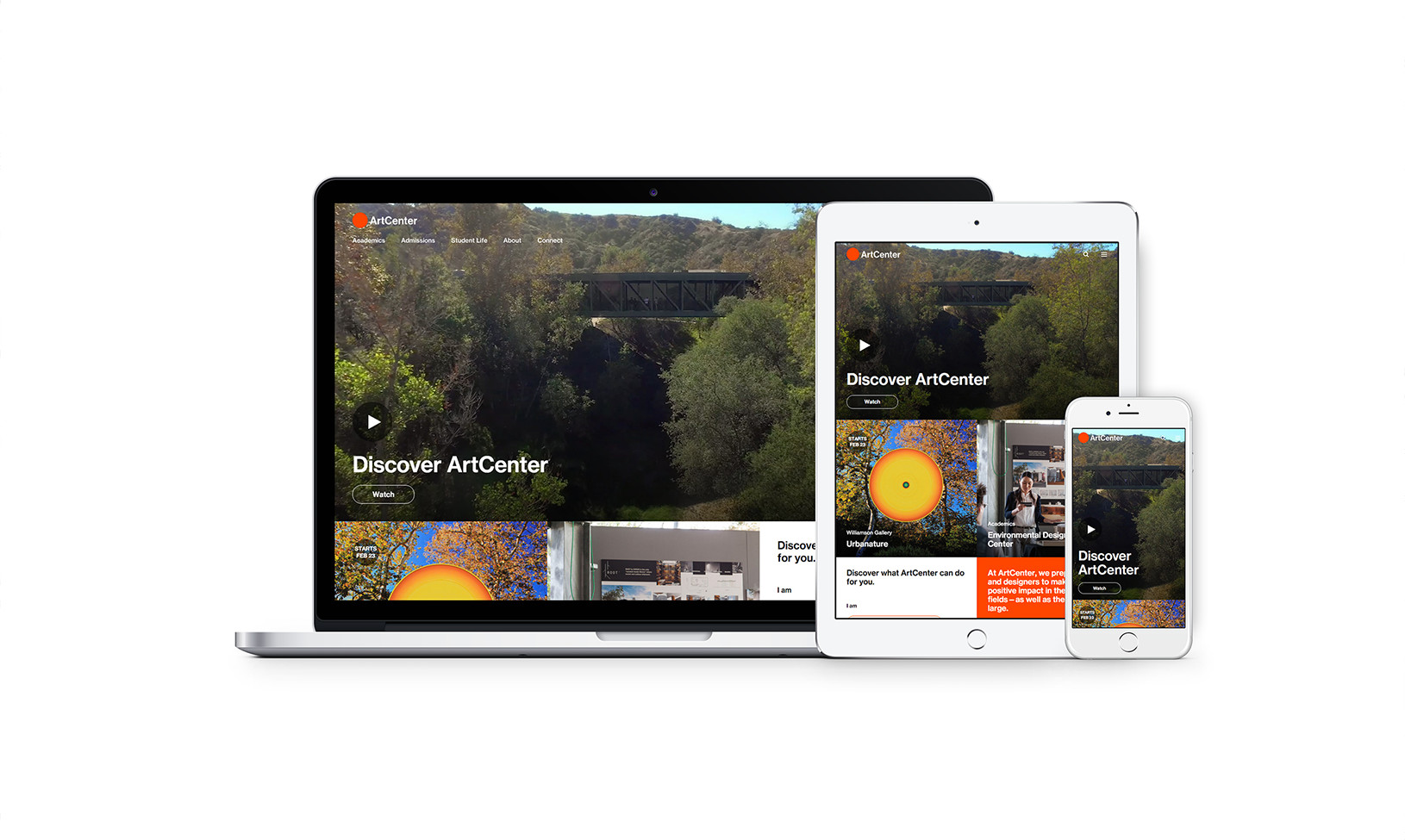Challenge
ArtCenter College of Design: Vision for Future Campus Experience

PROJECT
CLIENT
SERVICE
- Strategy
INDUSTRY
- Education
ArtCenter partnered with Continuum to envision the future of ArtCenter's campus experience.
ArtCenter College of Design, in Pasadena, California, was expanding. Literally. The school’s culture, resources, and people stretched across two campuses. All of which forced the school community to ask: How could ArtCenter best serve its students, faculty, and administrative staff across a dual campus?
For help answering this question, the school turned to Continuum in September 2013. Our objective: To understand how the entire ArtCenter population navigates the physical and digital environments on campus, in terms of work, information flow, and community building. We were tasked with developing a vision to guide the future of ArtCenter’s campus experience across the Hillside, South Campus, and beyond.
Awards
IDEA Finalist
Research & Insights
Solution
Following an extensive socialization program of our strategic vision across the ArtCenter community, our insights and recommendations are guiding ArtCenter’s campus expansion on multiple fronts. Some of which include the following:
First, ArtCenter’s repurposed U.S. Postal Service mail distribution center now offers open studios and shared exhibition spaces. Emphasis throughout the renovation was put on increasing transparency and establishing a more fluid dialogue between departments, the classrooms, and open social spaces. Second, the beloved Hillside library expanded its reach to the South Campus to provide space that acts as multi-modal connective tissue for students and faculty across departments. There is currently a satellite student store on the South Campus as an interim solution, as well as vending machines stocked with supplies. Finally, ArtCenter recently launched a new website in February 2016 and has a planned re-launch of Inside ArtCenter, the College’s intranet/resource site.
Results
From the changes, ArtCenter has seen a real increase in feelings of community on campus. For instance, the school’s Williamson Gallery hosted OUTSIDEIN, its first truly dual-campus exhibition, demonstrating a unity across the two campuses. Outdoor murals and a social media competition augmented the indoor display and help create a sense of cultural unity. In another unifying move, ArtCenter graduation moved from a tent on the Hillside campus, which accommodated roughly 1,500 guests, to The Pasadena Civic auditorium, a more central location between campuses, which increased capacity to 2,000.


